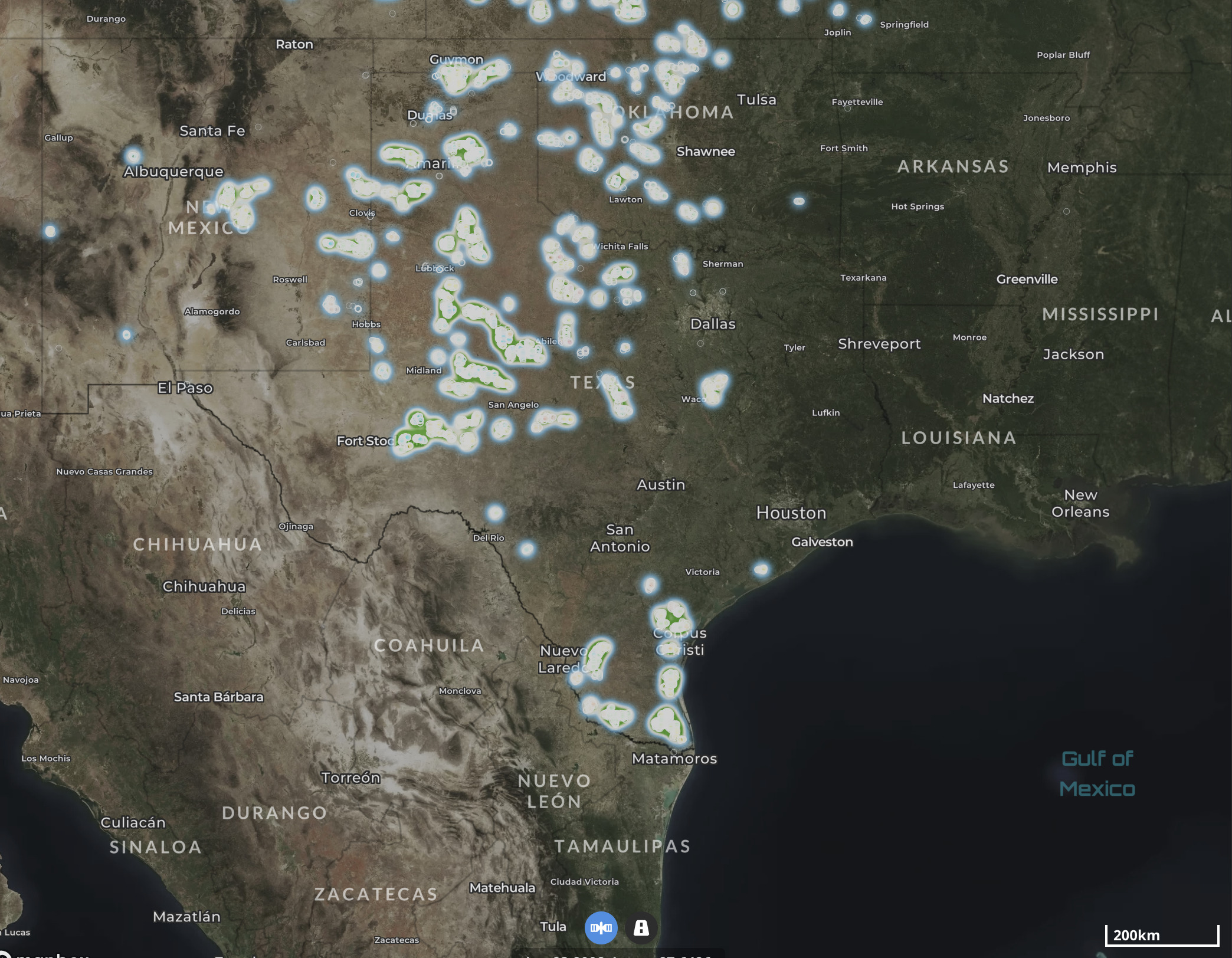In a burst of cosmic irony, the Lone Star State is now the manifestation of an all-of-the-above energy policy.
Rich in fossil fuels, Texas accounts for nearly one-quarter of U.S. energy production. It is home (along with New Mexico) to the celebrated Permian Basin and the Eagle Ford Shale, as well as the Barnett, the shale revolution’s birthplace. It’s no exaggeration to say that Texas and its abundant shale resources have allowed the U.S. to emerge as a dominant exporter of LNG, surpassing even long-time heavyweights Australia and Qatar.
And Texas is cementing its position among the energy elite in the renewable sphere as well, leading the U.S. in wind-generated electricity and ranking among the top states in solar energy potential and generation.
As a longtime oil and gas producer, the state is primed to be a major producer of geothermal energy and is blessed with ample reserves of uranium, rare earth elements and other critical minerals, according to the U.S.-based Energy Information Administration (EIA).


Bill Gates has taken notice, and commented during CERAWeek by S&P Global in Houston that there was irony in the surge of renewable energy in a state known for its oil and gas.
“If you want to see what the cutting edge of next-gen clean energy innovation looks like, it’d be hard to find a place better than Texas,” Gates wrote in a blog post. “Amazing companies are breaking ground not just in Southeast Texas but across the state. Each one represents a huge boon for the local economy, America’s energy security and the fight against climate change.”
Gates has made no secret of his desire to fight climate change. He founded Breakthrough Energy, a company funding research into clean energy technologies, and TerraPower, which is developing advanced technologies for nuclear energy.
Whether it’s the size of its population or its economic landscape dominated by hydrocarbons, companies in the renewables space are finding Texas attractive, Gates said. These include the largest international oil companies like BP, Eni, Equinor, Repsol, Shell and TotalEnergies, among others.
Renewable energies come laden with challenges—costs and their intermittent nature are still bridges that must be crossed. And the February 2021 freeze in Texas not only took out gas facilities but wind turbines. If anything, it’s a case in point about the reliability of certain renewable resources under extreme weather conditions.
But the ability of the state to dominate across the energy spectrum should head off arguments that it will not contribute mightily to a low-carbon future. As they say ’round these parts: “Don’t Mess with Texas.”
RELATED
Basket of Energies: Transition Needs Diversified Carbon Capture Solutions
Recommended Reading
NatGas in Storage Continues to Rise on Moderate Weather Conditions
2025-04-03 - The lower 48 U.S. states added 29 Bcf of natural gas to storage for the week ending March 28, slightly higher than market expectations between 25 Bcf to 27 Bcf.
Oil Dives More Than 6%, Steepest Fall in 3 Years on Tariffs, OPEC+ Supply Boost
2025-04-03 - Oil prices swooned on April 3 to settle with their steepest percentage loss since 2022, after OPEC+ agreed to a surprise increase in output the day after U.S. President Donald Trump announced sweeping new import tariffs.
Venture Global Gets Final Approval to Fully Open Calcasieu Pass LNG
2025-04-03 - Venture Global has FERC permission to put the remaining facilities at its Calcasieu Pass LNG plant into service, placing an unknown status on arbitration hearings with its long-term customers.
LNG Canada Receives Cooling Cargo, Signals Project Start-Up
2025-04-03 - LNG Canada expects to start exporting LNG by the middle of 2025.
Northwind’s Sour Expansion Adds Room for Delaware Development
2025-04-03 - Midstream company Northwind Midstream expects to see treatment demand rise in Lea County, New Mexico, as Tier 1 plays mature and E&Ps look elsewhere to expand.
Comments
Add new comment
This conversation is moderated according to Hart Energy community rules. Please read the rules before joining the discussion. If you’re experiencing any technical problems, please contact our customer care team.





